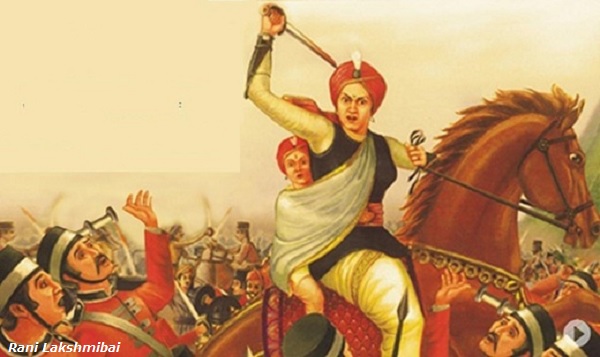Diffusion Of 1857 Revolt – Modern History Notes – For W.B.C.S. Examination.
১৮৫৭ বিদ্রোহের প্রসার – আধুনিক ইতিহাসের নোট – WBCS পরীক্ষা।
- The Revolt began at Meerut, 36 miles from Delhi, on 10 May 1857 and then gathering force rapidly spread across Northern India. It soon embraced a vast area from the Punjab in the North and the Narmada in the South to Bihar in the East and Rajputana in the West.Continue Reading Diffusion Of 1857 Revolt – Modern History Notes – For W.B.C.S. Examination.
- Even before the outbreak at Meerut, Mangal Pande had become a martyr at Barrackpore.
- Mangal Pande, a young soldier, was hanged on 29 March 1857 for revolting single-handed and attacking his superior officers. This and many similar incidents were a sign that discontent and rebellion were brewing among the sepoy, and then came the explosion at Meerut.
- On 24 April 1857, ninety men of the 3rd Native Cavalry refused to accept the greased cartridges. On 9 May 1857, eighty five of them were dismissed, sentenced to 10 years’ imprisonment, and put into fetters. This sparked off a general mutiny among the Indian soldiers stationed at Meerut.
- The very next day, on 10 May, sepoys released their imprisoned comrades, killed their officers, and unfurled the banner of revolt. As if drawn by a magnet they set off for Delhi after sunset.
- When the Meerut soldiers appeared in Delhi the next morning, the local infantry joined them, killed their own European officers, and seized the city.
- The rebellious soldiers proclaimed the aged and powerless Bahadur Shah the Emperor of India.
- Delhi was soon to become the center of the Great Revolt and Bahadur Shah its great symbol.
- Bahadur Shah, in turn, under the instigation and perhaps the pressure of the sepoys, soon wrote letters to all the chiefs and rulers of India urging them to organize a confederacy of Indian states to fight and replace the British regime.
- The entire Bengal Army soon rose in revolt which spread quickly. Avadh, Rohlikhand, the Bundelkhand, Central India, large parts of Bihar, and the East Punjab, all shook off British authority.
- In many of the princely states, rulers remained loyal to their British overlord but the soldiers revolted or remained on the brink of revolt.
- More than 20,000 of Gwalior’s troops went over to Tantia Tope and the Rani of Jhansi.
- Many small chiefs of Rajasthan and Maharashtra, revolted with the support of the people, who were quite hostile to the British. Local rebellions also occurred in Hyderabad and Bengal.
- The tremendous sweep and breadth of the Revolt were matched by its depth. Everywhere in Northern and Central India, the mutiny of the sepoyswas followed by popular revolts of the civilian population.
- After the sepoys had destroyed British authority, the common people was up in arms often lighting with spears and axes, bows and arrows, lathis and scythes, and crude muskets.
- It was the wide participation to the Revolt by the peasantry and the artisans which gave it real strength as well as the character of a popular revolt, especially in the areas at present included in Uttar Pradesh and Bihar.
- The popular character of the Revolt of 1857 also became evident when the British tried to smash it. They had to wage a vigorous and ruthless war not only against the rebellious sepoys but also against the people of Avadh, NorthWestern Provinces and Agra, Central India, and Western Bihar, burning entire villages and massacring villagers and urban people.
- The sepoys and the people fought staunchly and valiantly up to the very end. They were defeated but their spirit remained unbroken.
- Much of the strength of the Revolt of 1857 lay in Hindu-Muslim unity. Among the soldiers and the people as well as among the leaders there was complete cooperation as between Hindus and Muslims.
- In fact, the events of 1857 clearly bring out that the people and politics of India were not basically communal in medieval times and before 1858.
Our own publications are available at our webstore (click here).
For Guidance of WBCS (Exe.) Etc. Preliminary , Main Exam and Interview, Study Mat, Mock Test, Guided by WBCS Gr A Officers , Online and Classroom, Call 9674493673, or mail us at – mailus@wbcsmadeeasy.in
Visit our you tube channel WBCSMadeEasy™ You tube Channel
Please subscribe here to get all future updates on this post/page/category/website



 Toll Free 1800 572 9282
Toll Free 1800 572 9282  mailus@wbcsmadeeasy.in
mailus@wbcsmadeeasy.in


















































































































